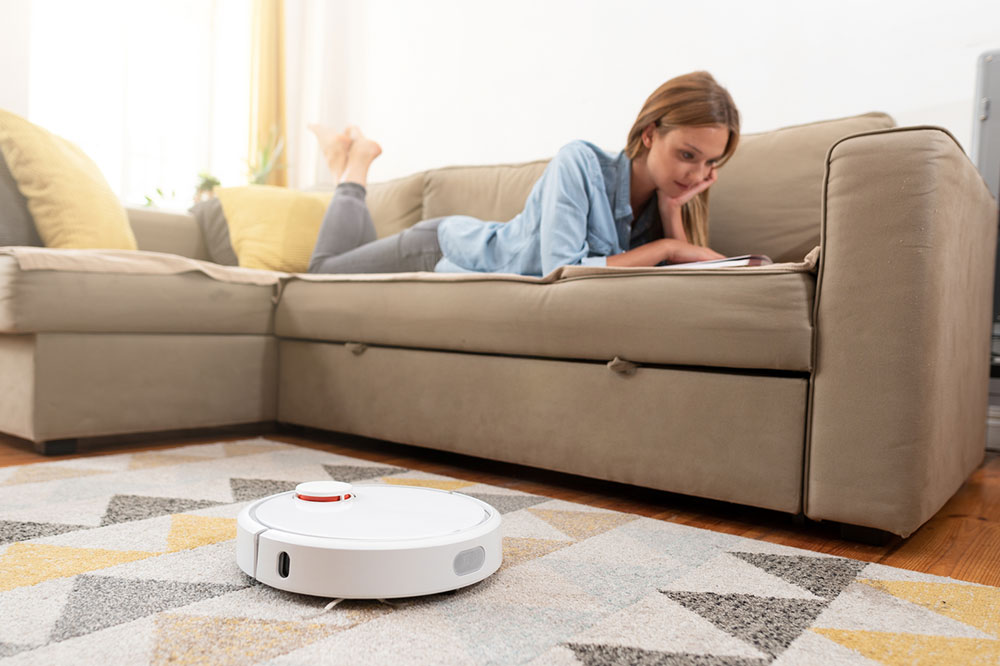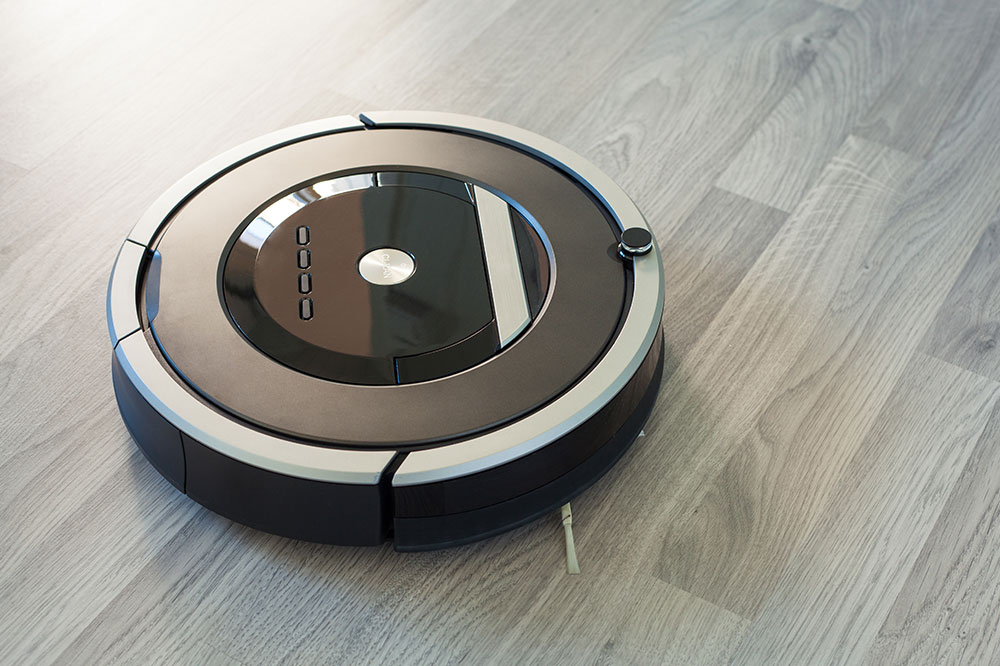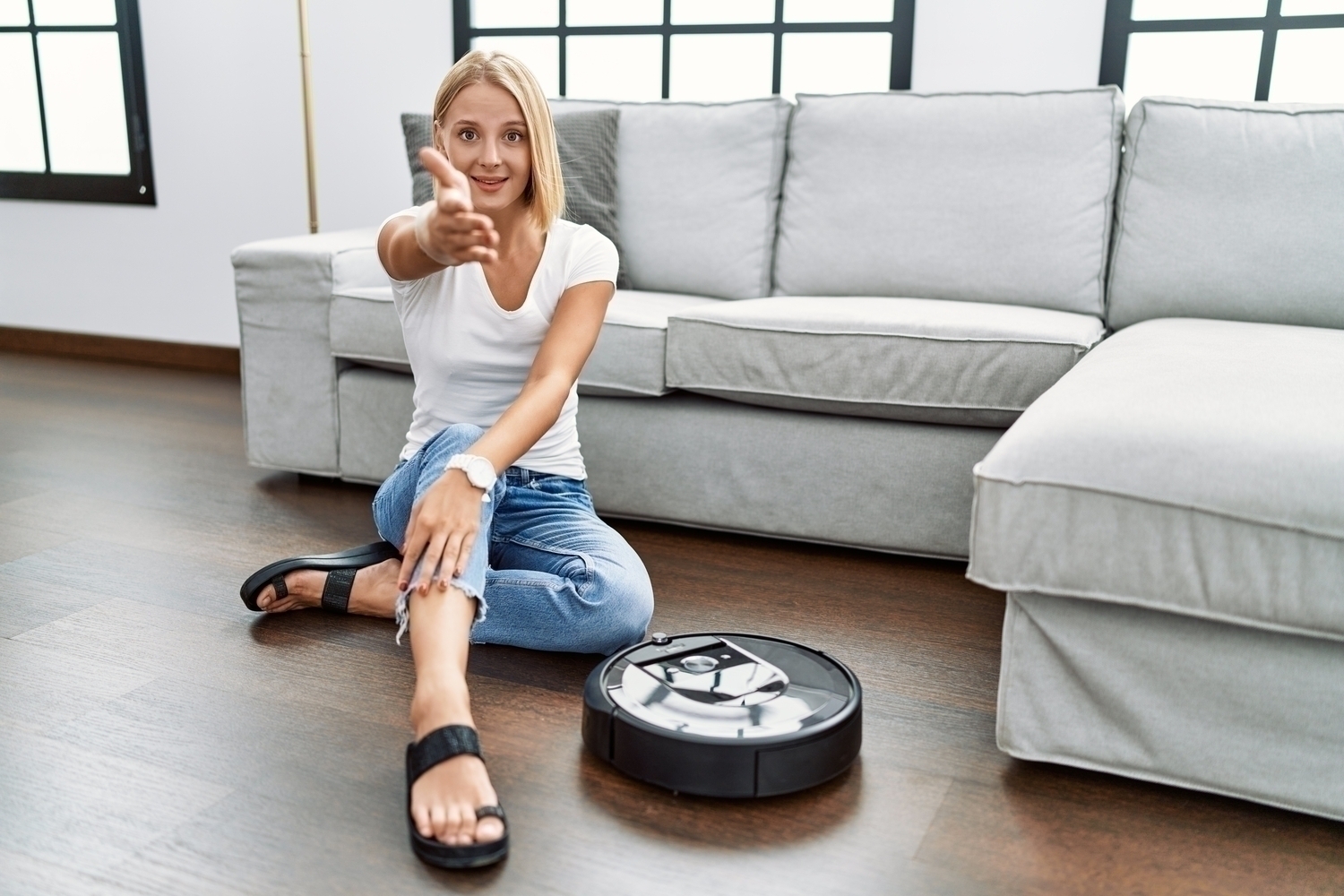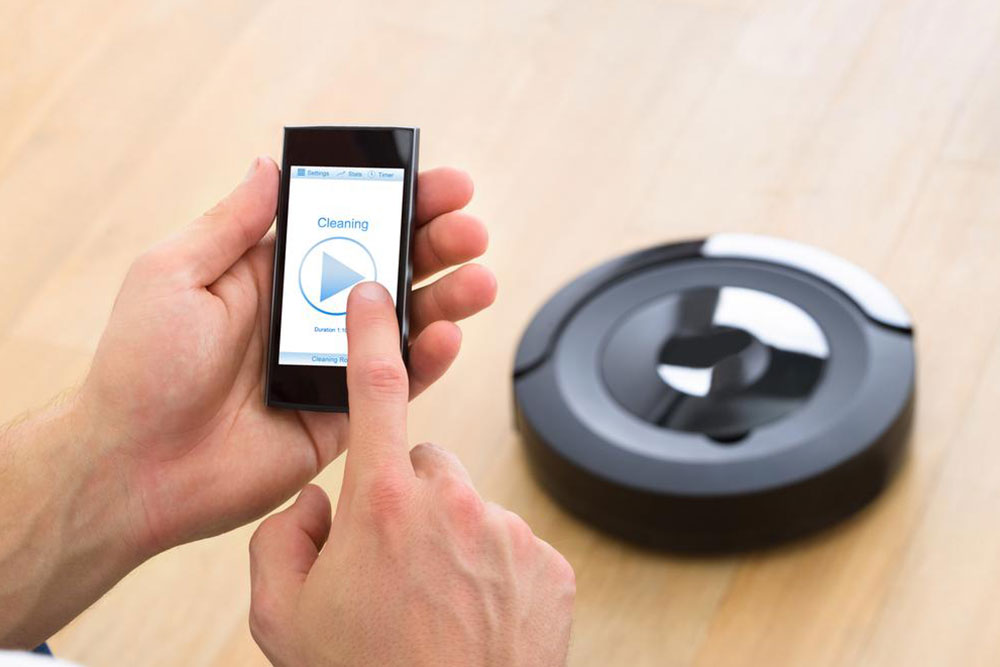Sophia the Humanoid Robot: Pioneering AI and Human-Robot Interactions
Sophia the Humanoid Robot has revolutionized the field of artificial intelligence with her human-like expressions and conversational capabilities. From her historic citizenship in Saudi Arabia to her role as a UN Innovation Champion, Sophia symbolizes the future of human-robot interaction. Her advanced facial expressions, face recognition, and adaptive responses highlight significant progress in robotics and AI technology. Designed by Hanson Robotics, Sophia aims to serve in industries such as healthcare, education, and customer support, embodying the potential of socially intelligent robots to enrich human lives and reshape societal perceptions of artificial entities.
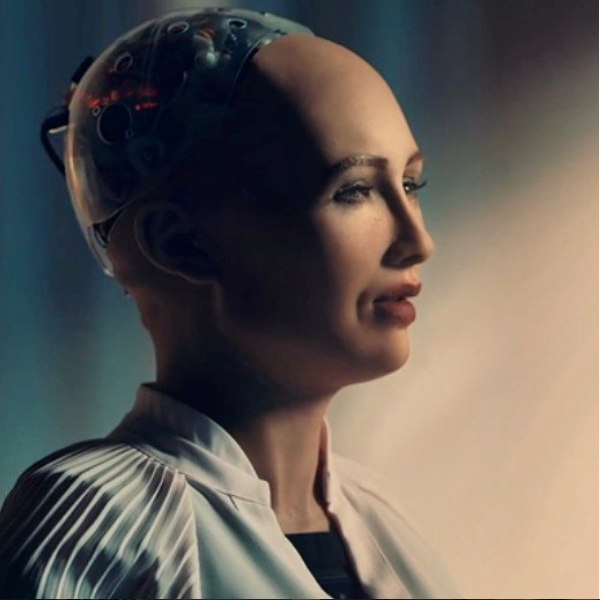
Sophia the Humanoid Robot: Pioneering AI and Human-Robot Interactions
Sophia, a highly sophisticated humanoid robot, has captured the world's attention with her remarkable ability to mimic human expressions and engage in conversations that blur the line between machine and human. Her elegant design features expressive, doe-like eyes and long, fluttering eyelashes, giving her an approachable appearance that enhances her social interaction capabilities. As a marvel of robotics and artificial intelligence, Sophia has become a symbol of progress in the field, inspiring both scientific exploration and public fascination. Crafted by Hanson Robotics, a Hong Kong-based company specializing in advanced robotics, Sophia's development represents a significant milestone in the pursuit of human-like AI.
First activated on April 19, 2015, Sophia was showcased to the public at SXSW (South by Southwest) in March 2016, where her impressive features and interactive abilities drew widespread media attention. Her lifelike facial expressions and conversational skills made her stand out among emerging robots, signaling a leap forward in social AI. This groundbreaking robot is not just a technological prototype; she is a symbol of the evolving relationship between humans and machines. Her ability to display an array of over 62 facial expressions, analyze conversations in real-time, and respond appropriately exemplifies the rapid advancements made in artificial intelligence and robotics.
One of Sophia’s most notable achievements occurred in 2017 when she became the first robot to be granted Saudi Arabian citizenship, a groundbreaking milestone that challenged traditional notions of nationality and personhood. This event sparked global discussions about the rights and recognition of artificial entities. Additionally, in November 2017, Sophia was appointed as the United Nations Development Programme's first Innovation Champion, making her the first non-human to hold such a prominent role. This appointment underscored her significance in promoting technological innovation and AI ethics on an international stage.
Sophia's capabilities extend beyond facial expressions; she can analyze visual data, recognize faces, maintain eye contact, and adapt her responses based on the context of interactions. Her developers integrated advanced technologies from leading companies such as Google for voice recognition and SingularityNET for AI processing. These integrations enable her to engage in dynamic conversations across various topics, demonstrating AI’s growing potential to understand and simulate human-like communication.
Her technological evolution draws inspiration from early chatbots like ELIZA, which aimed to mimic human dialogue, but Sophia's sophisticated sensory and processing systems elevate her far above those initial prototypes. Her cameras embedded within her eyes facilitate facial recognition, allowing her to detect, identify, and respond to individuals, thus creating a more natural and engaging social interaction. This capability enhances her application in sectors that depend on human engagement, such as healthcare, customer service, education, and entertainment.
While Sophia exhibits impressive social skills, it’s important to recognize that her responses are largely based on scripts and programmed algorithms. She lacks genuine consciousness or feelings, and her conversational abilities are constrained by her programming. That said, her presence in the realm of artificial intelligence represents a stepping stone toward the development of Artificial General Intelligence (AGI), which seeks to endow machines with human-like cognitive abilities. Critics argue that true AGI remains a distant goal, but innovations like Sophia contribute valuable insights into how machines can interact more naturally with people.
In conclusion, Sophia the Humanoid Robot stands as a testament to the rapid progress in the fields of robotics and artificial intelligence. Her design, functionality, and international recognition have made her a symbol of future potential in human-robot interactions. From her historic citizenship to her role as an ambassador of technological innovation, Sophia continues to inspire scientists, policymakers, and the public alike. Her ongoing development signifies a promising trajectory toward more advanced, socially intelligent robots capable of supporting various industries and enriching human life with intelligent companionship and assistance.

